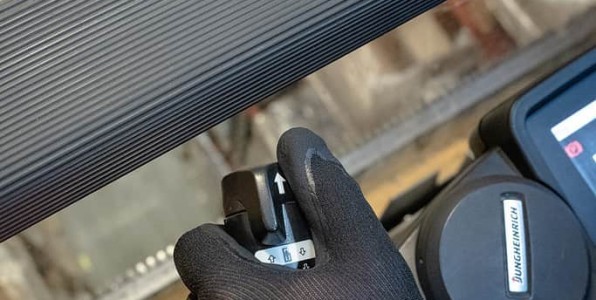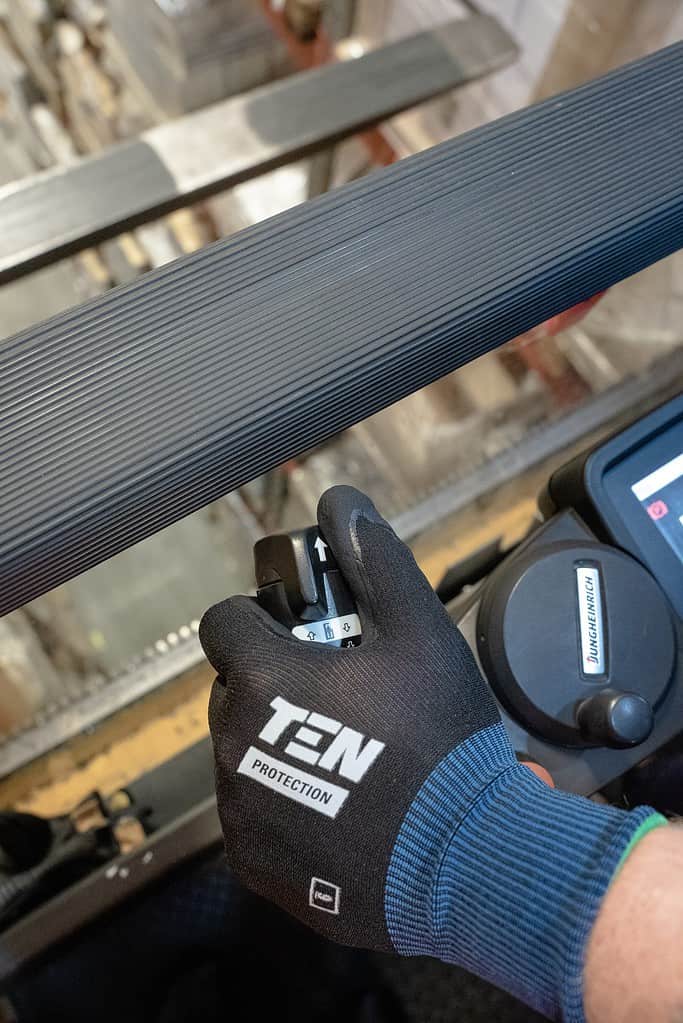The Power of Anti-Collision Warning Systems in Safeguarding Construction Workers

The Power of Anti-Collision Warning Systems in Safeguarding Construction Workers
The post The Power of Anti-Collision Warning Systems in Safeguarding Construction Workers appeared first on UK Construction Blog.
Construction sites can be dangerous, with heavy machinery and hazards that pose risks to workers. Thankfully, Anti-Collision Warning Systems offer a powerful solution to enhance safety. In this blog post, we will explore the benefits of these systems and how they protect construction workers.
Understanding Anti-Collision Warning Systems
Anti-Collision Warning Systems, also known as Proximity Warning Systems, are sophisticated tools developed to prevent accidents between heavy machinery and construction workers.
They rely on sensors, alarms, and visual alerts to promptly notify operators about potential hazards nearby. By providing timely warnings, these systems play a crucial role in preventing collisions and keeping workers safe.
With their advanced technology and intuitive design, Anti-Collision Warning Systems are vital for construction sites, ensuring that machinery operators and workers are aware of potential dangers and can take necessary precautions to avoid accidents.
Early Detection of Hazards
Anti-Collision Warning Systems are great at spotting hazards early. They keep a close eye on the distance between workers and heavy machinery, and quickly alert operators when there’s a potential danger. It gives operators enough time to react and prevent accidents from happening.
By giving timely warnings, these systems help make construction sites safer for everyone.
All thanks to Anti-Collision Warning Systems, hazards can be detected early, reducing the risk of accidents and keeping workers safe.
Real-Time Monitoring and Alerts
Anti-Collision Warning Systems use sensors to track workers and machinery in real-time. When a worker enters the danger zone of a machine, like a crane or an excavator, the system triggers an alarm or visual alert to notify the operator.
These alerts remind operators to exercise caution and be aware of their surroundings.
Improved Situational Awareness
Construction sites can be bustling and overwhelming, making it difficult for operators to stay fully aware of their surroundings. However, Anti-Collision Warning Systems offer a solution by providing real-time location data for workers and machinery. This valuable information allows operators to make informed decisions and prevent accidents.
With the help of these systems, operators gain a clearer understanding of their environment, ensuring a safer work atmosphere for everyone involved. By boosting situational awareness, Anti-Collision Warning Systems help minimise incidents and safeguard construction workers.
Reducing Accidents and Injuries
Implementing Anti-Collision Warning Systems has shown significant results in reducing accidents and injuries on construction sites. These systems act as a second set of eyes for equipment operators, minimising human errors and improving overall safety.
Studies have demonstrated a notable decrease in collisions when these systems are used.
Integration with Training and Safety Measures
Anti-Collision Warning Systems complement existing safety measures and training protocols. Their primary focus is promoting safety practices and cultivating a culture prioritising safety on construction sites.
When combined with proper training and adherence to safety guidelines, these systems become invaluable assets in protecting construction workers.
The Future of Safety in Construction
With the constant evolution of technology, Anti-Collision Warning Systems are getting more intelligent and advanced.
Manufacturers are using artificial intelligence and machine learning algorithms to enhance their effectiveness.
In the future, we can expect proximity warning systems that are even more efficient. These systems will be able to adapt to changing environments, offering construction workers an even higher level of protection.
By harnessing the power of cutting-edge technology, the future of safety in construction looks promising. Workers can look forward to working in an environment where innovative Anti-Collision Warning Systems continuously evolve to keep them safe from potential hazards.
By detecting hazards early, providing real-time monitoring and alerts, and improving situational awareness, these systems play a vital role in preventing accidents. With Anti-Collision Warning Systems, construction sites can become safer environments for everyone involved.

Comments are closed